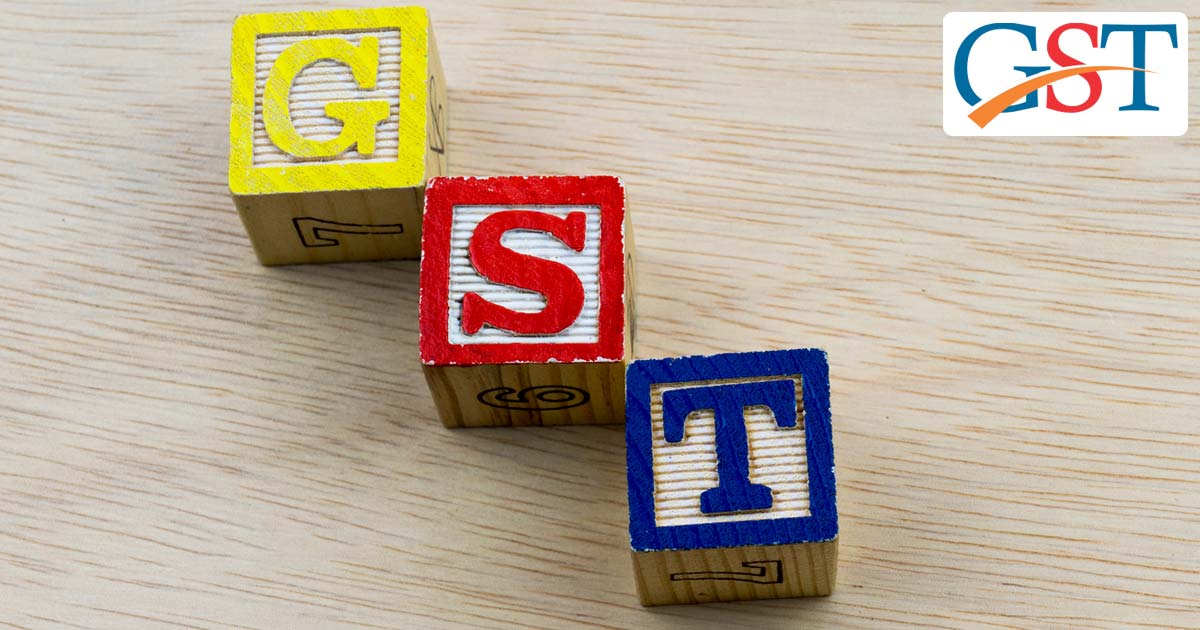Recently, Indirect Tax Department has published a circular that 18 percent Goods and Service tax (GST) will be imposed on the certificates issued for excess priority lending by banks, that would increase the lender’s cost as they are not fully eligible for complete input credit tax yet.
The Central Board of Excise and Customs (CBEC) recently clarified the Priority Sector Lending Certificates (PSLC’s) would not be treated as security but they will be treated as goods and service tax.
PSLCs are an instrument for advancing need part loaning commitments. Banks have to give 40 percent of net lending to priority sectors like weaker sections, agriculture, micro-enterprises, etc.
The circular clarified that “In GST there is no exemption to trading in PSLCs. Thus PSLCs are taxable as goods at the standard rate of 18% under the residuary”.
Recommended: List of Goods and Services Not Eligible for Input Tax Credit
Even after this circular thing, there is still one relief for the lending buyers, that the input credit tax is still available for the certificates payable on GST.
Partner at Khaitan and Co, Abhishek Rastogi, said that the banks are eligible for only 50 percent of input tax credit, rest 50 percent tax credit will become a cost.
He further said that in the upcoming days banks will feel extra pressure on them due to tax. He also suggested that the reverse charge mechanism should be used to collect GST.
As in reverse charge mechanism, the buyer doesn’t have to pay GST, it will be paid by the seller. It means the tax will be paid by the banks, instead of the buyer who has the certificate. As buyers with these certificates are difficult to find because they are traded through e-kuber, a Core Banking Solution.
